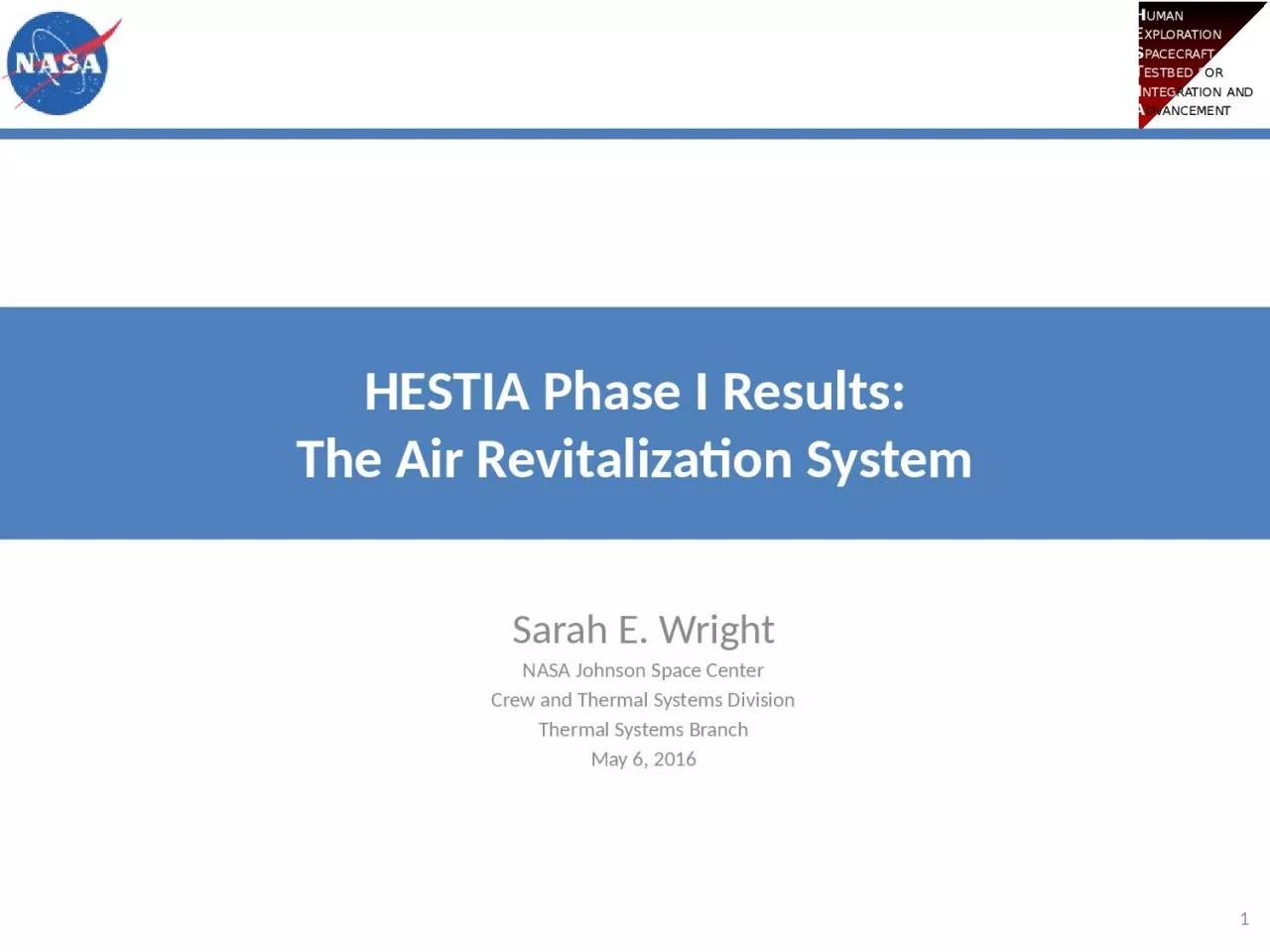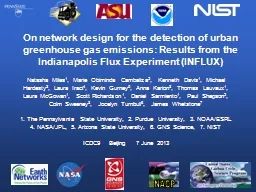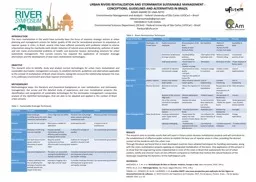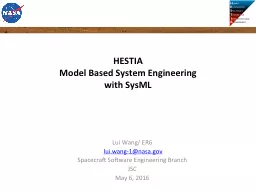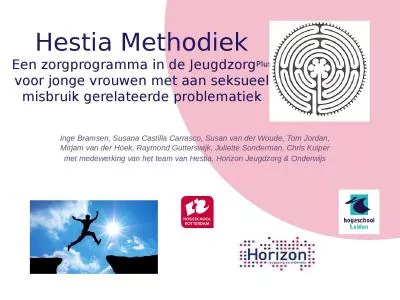PPT-HESTIA Phase I Results: The Air Revitalization System
Author : DontBeASnitch | Published Date : 2022-08-04
Sarah E Wright NASA Johnson Space Center Crew and Thermal Systems Division Thermal Systems Branch May 6 2016 1 HESTIA Phase I Test Results The Air Revitalization
Presentation Embed Code
Download Presentation
Download Presentation The PPT/PDF document "HESTIA Phase I Results: The Air Revitali..." is the property of its rightful owner. Permission is granted to download and print the materials on this website for personal, non-commercial use only, and to display it on your personal computer provided you do not modify the materials and that you retain all copyright notices contained in the materials. By downloading content from our website, you accept the terms of this agreement.
HESTIA Phase I Results: The Air Revitalization System: Transcript
Download Rules Of Document
"HESTIA Phase I Results: The Air Revitalization System"The content belongs to its owner. You may download and print it for personal use, without modification, and keep all copyright notices. By downloading, you agree to these terms.
Related Documents

